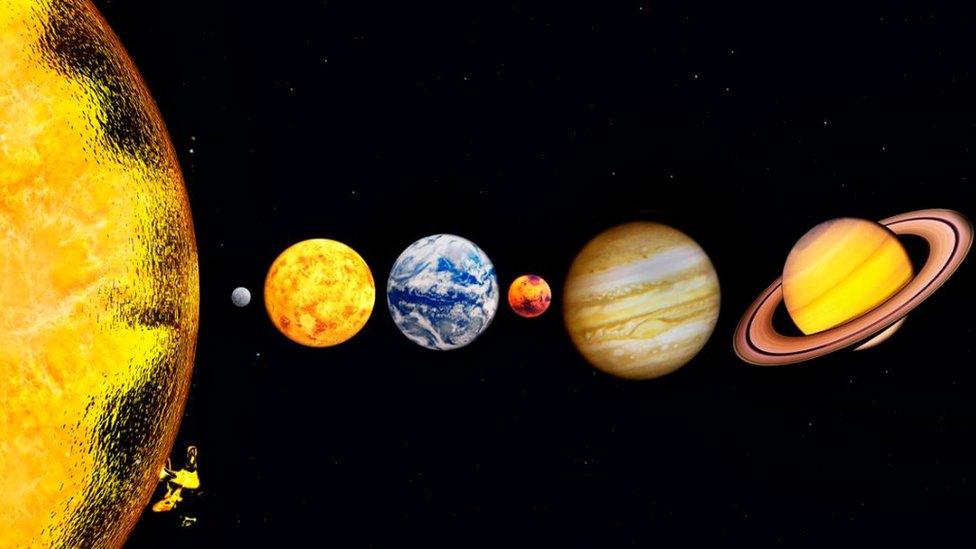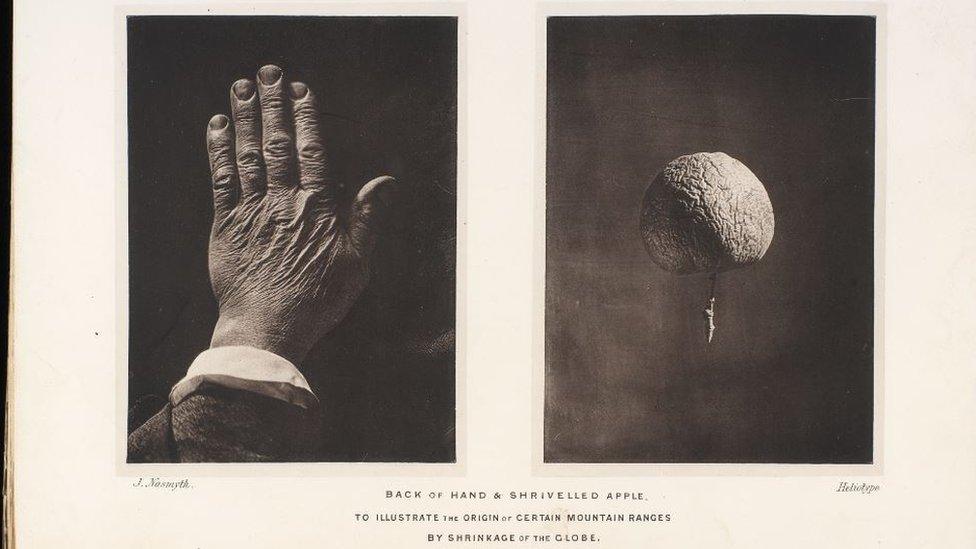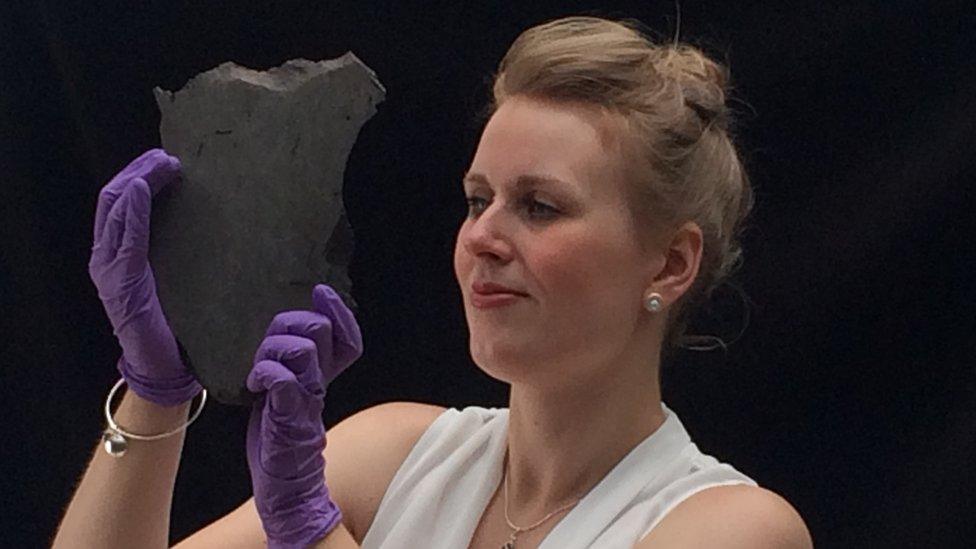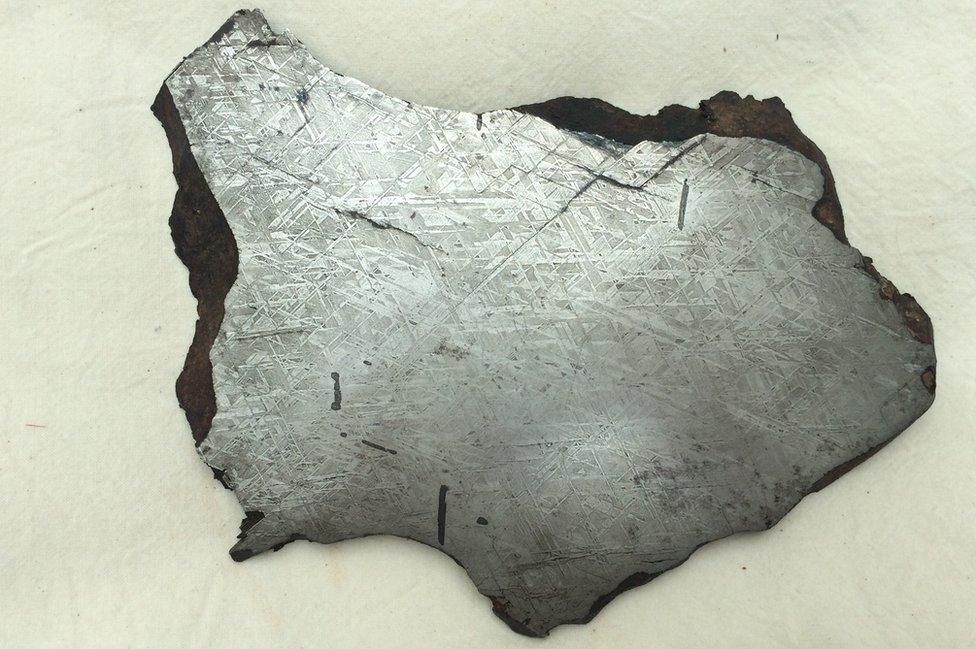Astronomer's revelation is star attraction at new exhibition
- Published

Before Copernicus, the belief was that the earth was at the entre of our solar system, not the sun
A book which turned scientists' beliefs on their heads is the star attraction at an exhibition in Edinburgh.
The publication of Polish mathematician and astronomer Nicolaus Copernicus' work "On the Revolutions of Heavenly Bodies" just before his death in 1543, caused outrage in the scientific world.
Copernicus' work was the first to argue that the sun, not the earth was the centre of our solar system.
His findings were not accepted for around 100 years.

Copernicus' theory was seen as outlandish

The rare first edition dates back to 1543
The rare first edition can be seen in the new exhibition - Astronomy Victorious: Understanding Our Universe - at Edinburgh University library.
The exhibition charts our fascination with, exploration of and responses to outer space.
Since our earliest times, human beings have looked skywards, attempting to make sense of what they have seen.
Curator Kirsty MacNab explained: "Is it escapism, is it the unknown, it's human nature to want to explore."

Curator Kirsty MacNab with the Gibeon meteorite
She said Copernicus was nervous about publishing because of the reaction it would cause.
"This is just like telling us nowadays that the earth is actually flat, we were wrong all along," said Ms MacNab.
Some pieces in the exhibition are contemporary, like the art work which uses clocks to explore the different lengths of days on the planets in our solar system.

The four billion-year-old meteorite has a unique pattern not found on earth
Others are older, like a 16th Century pocket sundial. And then there is a shard of a four billion-year-old meteorite.
The Gibeon meteorite is named after the Namibian town where it landed about 30,000 years ago. A distinctive cross-hatch pattern, caused by heating and cooling, can be clearly seen.
"This pattern could never occur naturally on earth," adds Kirsty MacNab "unless the object had come from outer space."
She says if you take a line from Copernicus' ideas to where we are now, our understanding of what lies beyond our own planet has evolved radically. "I think that scientific endeavour over the last 500 years is just remarkable."
Astronomy Victorious: Understanding Our Universe is at Edinburgh University library from 27 July - 27 October 2018.